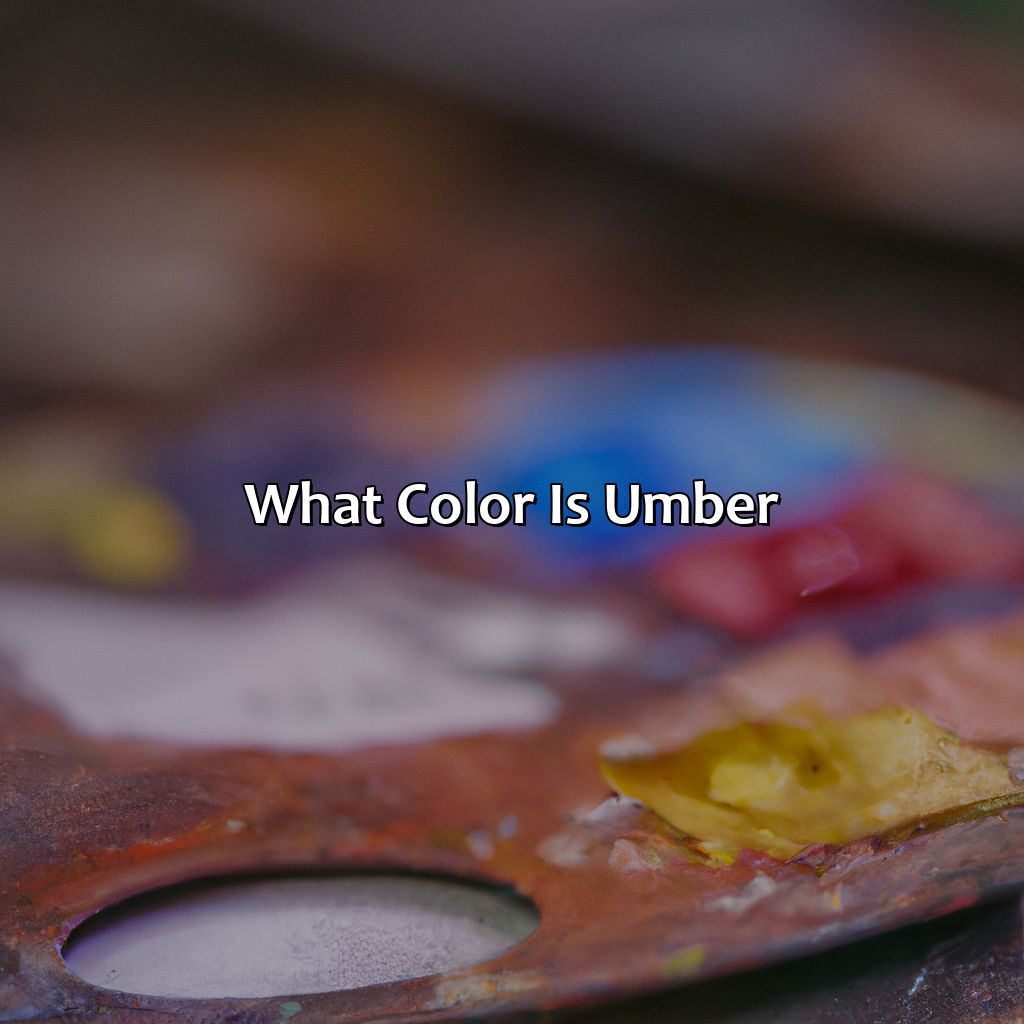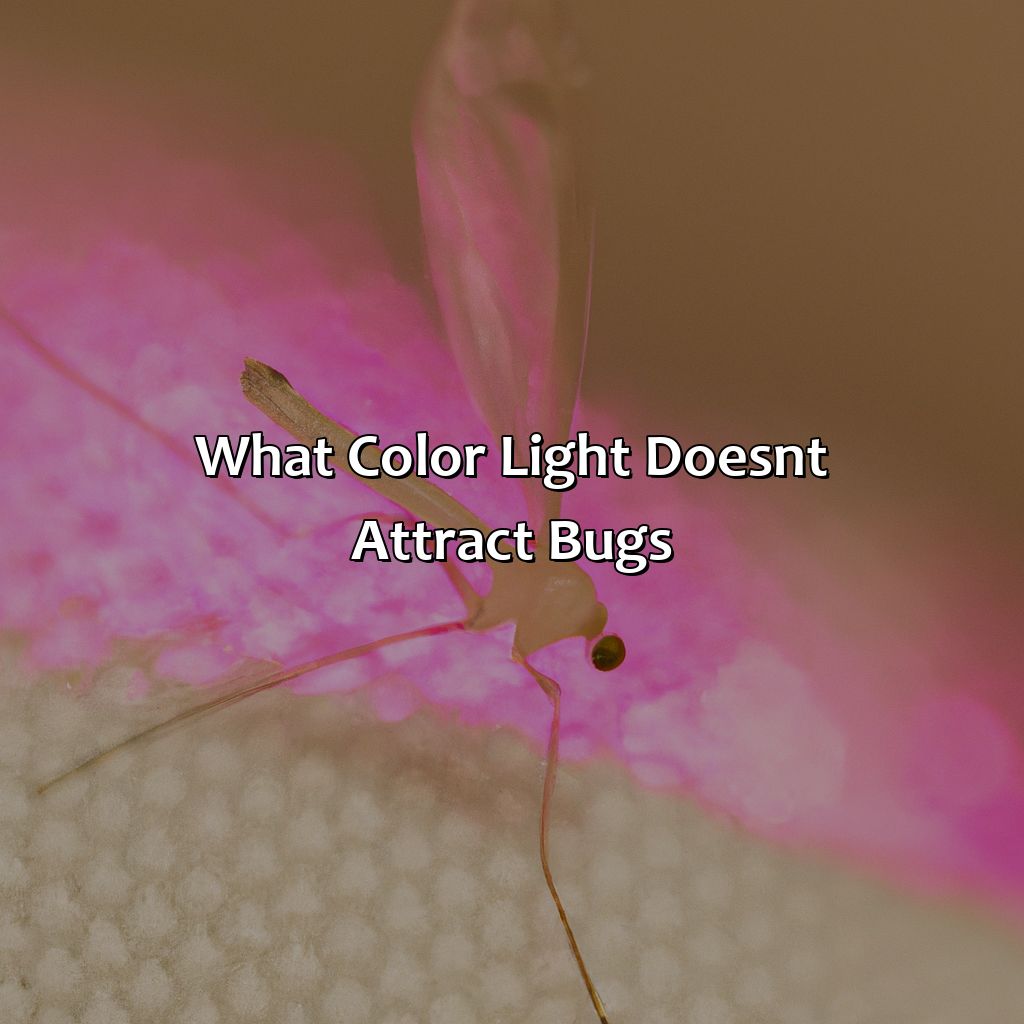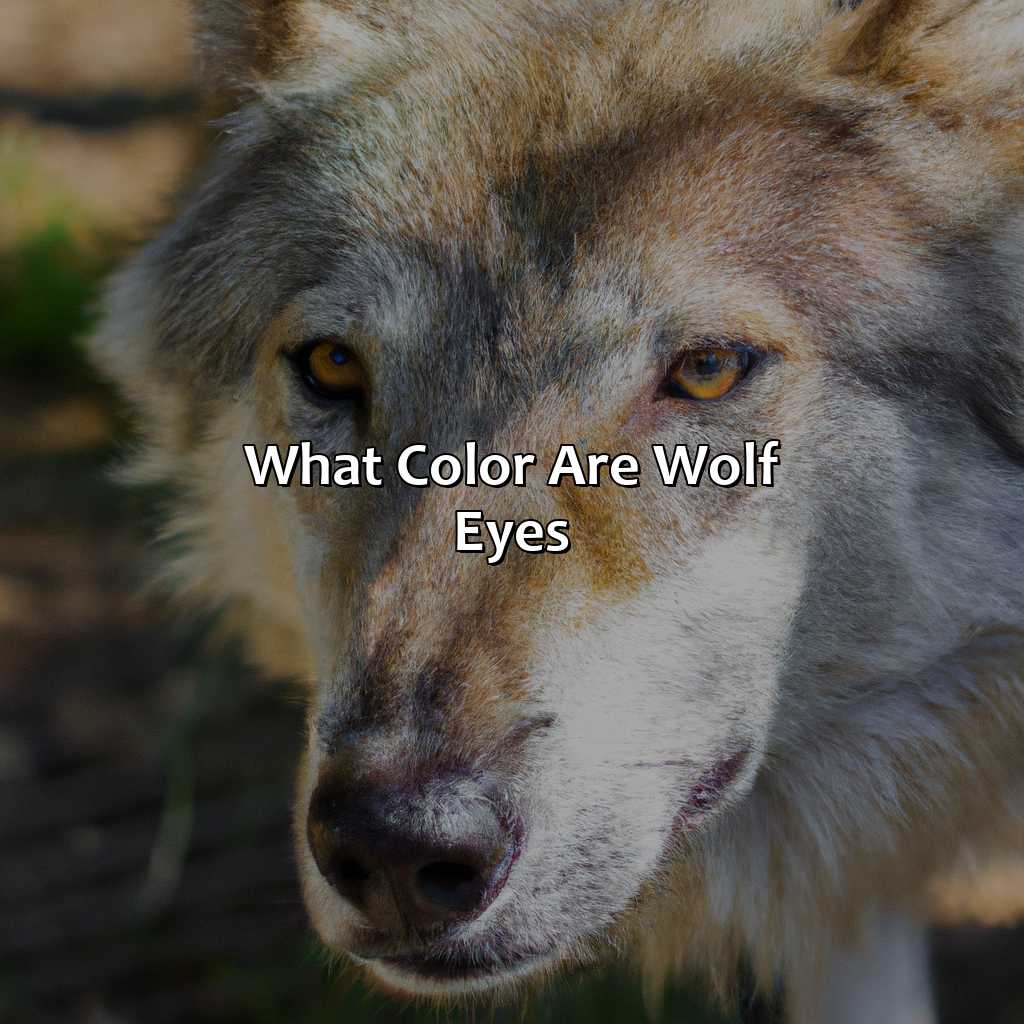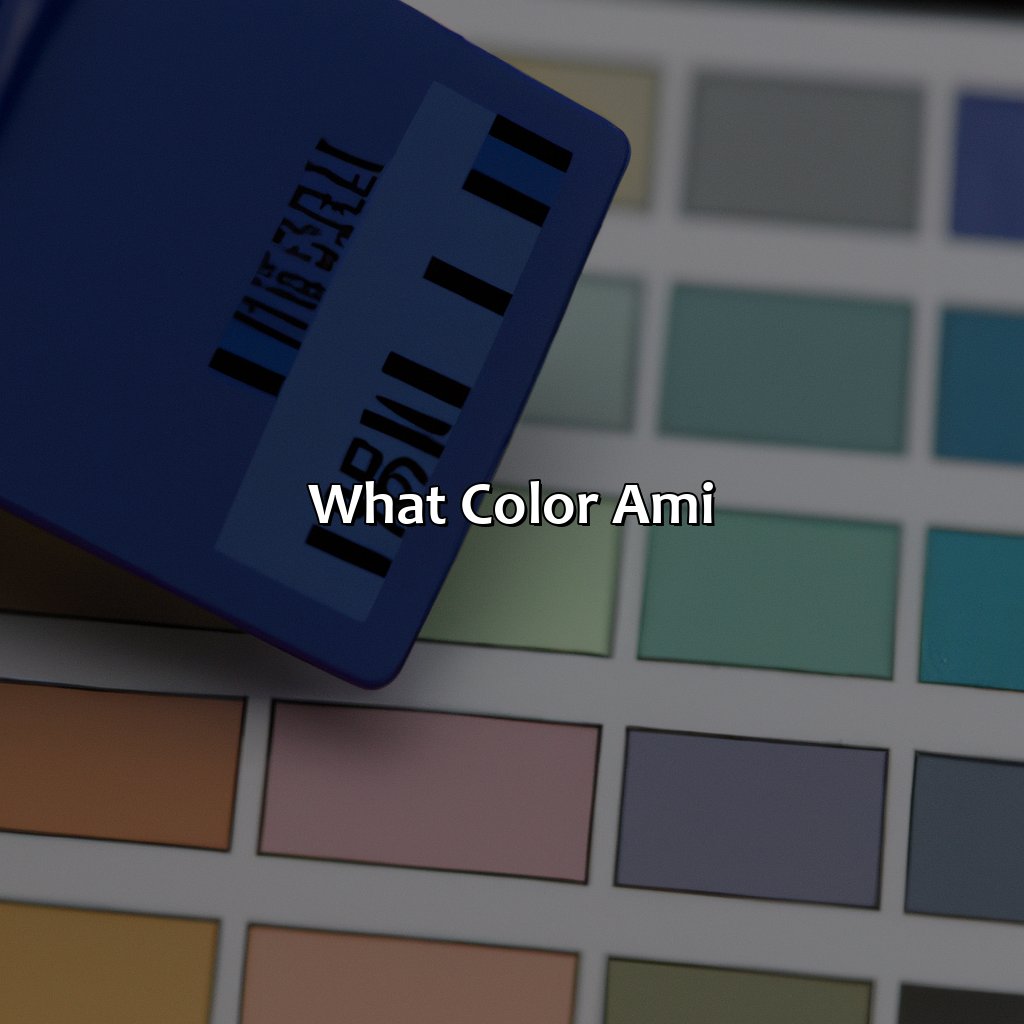Key Takeaway:
- Umber is a natural pigment that can be found in clay and earth, and is commonly used in paints and pigments.
- There are two main types of umber: raw umber and burnt umber, which have different properties and are commonly used in oil and acrylic painting.
- The color of umber can vary, but it is typically a brownish-red hue that can be mixed with other colors to create different shades. Umber is often used in interior design, fashion, and contemporary art.
Overview of Umber

Photo Credits: colorscombo.com by Thomas Taylor
Umber is a natural pigment that has been used since prehistoric times. Raw umber is a clay containing iron and manganese oxides, while burnt umber is produced by heating raw umber. Both variations of umber are commonly used in art and interior design due to their warm, earthy tones. Interestingly, during the Renaissance, umber was known as “shadow color” due to its ability to create depth and dimension in paintings. Its history dates back to ancient civilizations such as Egypt and Greece, where it was used as a base color for frescoes and pottery. Today, umber remains a popular color choice for its natural and authentic appearance.
Natural Sources of Umber
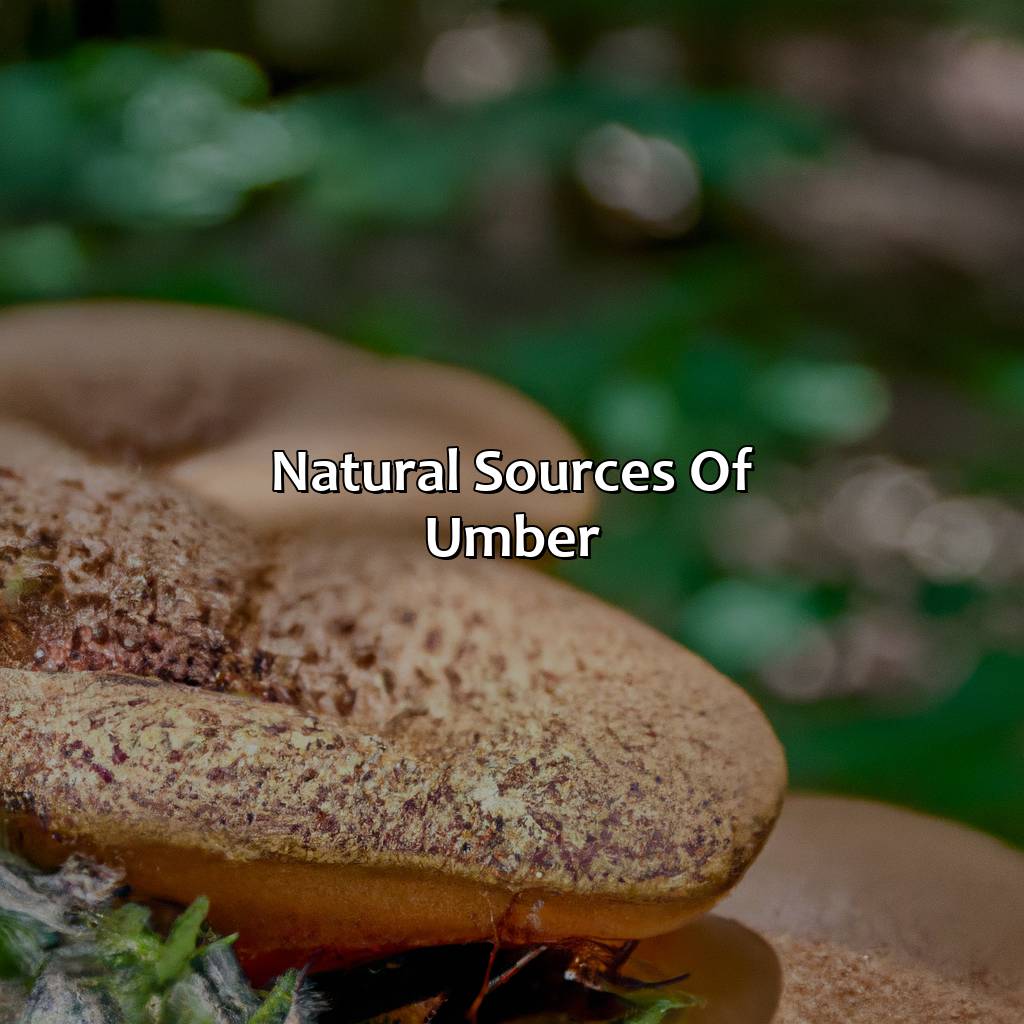
Photo Credits: colorscombo.com by Bruce Hernandez
Unearth natural sources of umber! Raw and burnt umber can be used for painting and clay-making. Raw umber in oil or acrylic painting can influence hue, saturation, and value. Burnt umber is also a complementary pigment in oil painting.
Raw Umber
Umber is a natural earth pigment that comes in two forms: raw umber and burnt umber. Raw umber is a soft, brownish-yellow pigment that has unique characteristics when it comes to color mixing and creating tonal values for oil and acrylic paintings.
Raw Umber – The Natural Pigment
Raw umber is a natural earth pigment that is produced from clay minerals containing iron oxide and manganese oxide. When extracted from the earth, the clay is ground into fine particles and washed to remove impurities. The resulting pigment has a range of hues, depending on the amount of iron oxide present.
Raw Umber – Its Color Theory
The color of raw umber is best described as a yellow-brown or mustard-yellow hue with low saturation. In color theory, it’s considered a complementary color to blues since when mixed together they neutralize each other to create gray shades. Raw umber has low value but can be lightened up by adding white pigment.
Raw Umber – its use in Oil & Acrylic Paintings
In oil painting techniques, raw umber is often used as an underpainting color to establish tonal values before applying additional colors on top of it. It can also be used to tone down bright colors or add depth to shadows. In acrylic painting, raw umber can be used as a base layer before applying thicker layers of paint.
Call-to-Action:
Understanding the properties and applications of raw umber in art and design is crucial for any artist or designer who wants to elevate their work through the use of this unique earth pigment. Don’t miss out on exploring the possibilities offered by raw umber!
Get ready to burn the competition with Burnt Umber – the perfect complement to any oil painting and a hue that will ignite your color theory skills.
Burnt Umber
Used in oil painting, burnt umber is a warm brown pigment that is created by heating raw umber at high temperatures until it becomes darker and richer. This process alters the color of the pigment, changing its hue, saturation and value.
When mixed with complementary colors like blue or green, burnt umber can create a range of earthy tones for naturalistic paintings. However, it is important to understand color mixing and color theory in order to use this pigment effectively.
Burnt umber has been used by artists for centuries due to its versatility and ability to add depth and realism to paintings. It can also be used in interior design to create warm and inviting spaces.
One true fact about burnt umber is that it was highly valued by Renaissance painters such as Leonardo da Vinci and Rembrandt. They appreciated the ability of this pigment to create naturalistic shading and texture in their works of art.
Umber’s color and texture make it a versatile pigment, but be warned that those with color vision deficiency may see it as just another shade of brown.
Characteristics of Umber

Photo Credits: colorscombo.com by Robert Thompson
To understand Umber better, explore the two subsections in this section.
-
Color – hues, saturation, values, complementary colors, chromaticity diagram, RGB and CMYK models.
-
Texture and Appearance – chiaroscuro, light/shadow, tonal value, highlight, mid-tone and shadow.
Color of Umber
Umber is a natural earth pigment characterized by a rich range of color variations. The colors of umber range from light yellows and browns to darker oranges and reds. It is commonly used as a warm color in the arts, interior design, paints, and pigments.
The hue of umbers can be described as mostly reddish-brown or yellow-brown with variations in saturation and value. Its complementary color lies opposite of it on the chromaticity diagram. The saturation level varies depending upon whether it has been raw or burnt. Raw umber has a lower saturation compared to its burnt variant.
Umber falls under neutral colors because of its brown base and lack of bright primary hues like yellow, green, and blue. However, its hues can be mixed with other warm colors like reds, oranges or yellows to achieve vibrant shades for paintings.
Pro Tip: When using umbers in art, balance them with cool colors such as blues or purples for depth, contrast, and harmony.
Umber’s texture and appearance are perfect for creating the chiaroscuro effect, playing with light and shadow to achieve optimal tonal value and highlights.
Texture and Appearance of Umber
Umber is a natural pigment featuring a unique texture and appearance. The color of umber varies, but its texture and appearance remain consistent.
| Texture and Appearance of Umber | |
| Texture | Appearance |
| The texture of raw umber is coarse due to the presence of impurities such as clay minerals. Its particles are larger compared to other pigments. | Umber offers good tonal value, with the ability to create both highlight and shadow areas due to its high opacity. It enables artists to create chiaroscuro effects, especially when paired with light and shadow contrast. |
Interestingly, in traditional painting techniques, raw and burnt umber were used for creating midtones and shadows. Highlighting this valuable attribute of umbers will allow designers to create convincing shading effects regardless of medium or project. To make better use of umbers in interior design, pairing it with complementary warm colors or using different shades increases their effectiveness.
When looking for a suitable hue or tone to bring an organic look into one’s fashion or textile project, one could consider choosing from variations within the range of umbres. By acknowledging these qualities associated with umbers’ texture and appearance within respective crafts will lead individuals capable creative uses for their projects. Umber, the original cool color that art history has been obsessing over since Renaissance.
Historical Use of Umber

Photo Credits: colorscombo.com by Benjamin Green
Want to learn about the historic use of umber? Look no further! We’ll discuss how it was used in traditional painting, contemporary art, impressionism, and abstract art. Plus, its role in interior design – warm neutrals, muted colors, earth tones, and even vibrant shades like russet, olive, or teal. We’ll cover it all – chiaroscuro, tonal value, and color theory. Let’s dive in!
Use in Art
Umber has been a popular pigment used by artists for centuries. Its unique color properties are employed to create depth and dimension in art pieces through the use of chiaroscuro, where light and shadow is used to create tonal value.
Use in Art
| What is it used for? | Color Properties | Techniques | Highlight | Midtone | Shadow |
|---|---|---|---|---|---|
| Creating depth and dimension in art through chiaroscuro | Range from yellow-brown to dark brown | Used as an underpainting or blending color with other earth pigments | Used for lighter areas such as skin tones or skies | Used for backgrounds or mid-range areas of an artwork | Used for creating darker tones in shadows or landscapes |
Umber’s colors lend themselves well to oil painting and acrylic painting due to its matte and opaque properties. Artists can experiment with umber’s deep range of colors which can be complemented with other earth tones on the color wheel.
Pro Tip: Understanding umber’s tonal value creates a strong foundation for your artwork at the beginning stages of any piece.
Give your interiors a warm and earthy touch with the versatile and rich hues of Umber, ranging from rusted oranges to deep chocolates and forest greens.
Use in Interior Design
Umber has played a vital role in interior design for centuries. Its unique warm neutral tones, combined with cool neutrals and muted colors, make it a popular choice among designers. Earth tones such as umber, rusty colors like sepia, sienna and ochre, terracotta, burnt orange, russet, copper, walnut and ginger are all highly sought after in interior design.
The versatility of umber means it can work well with various other colors such as amber, caramel, chocolate, coffee, taupe, khaki and olive. It also blends seamlessly into green shades like sage moss and forest green while complementing cooler accents like emerald, teal, turquoise navy, indigo, plum, lilac, lavender and mauve.
Umber’s texture lends itself well to creating rustic and earthy interiors. It works stunningly with wood panelling or on exposed bricks. Designers love using this natural pigment for creating a chic yet cozy look that mimics the warmth of the great outdoors.
It is hard to deny the appeal of using umber in interior design. Its timeless hue adds depth to any room while simultaneously creating a welcoming ambiance that you’ll crave after a long day. If you want to take your project up a notch by incorporating warm neutrals with texture and richness then using Umber should be at the top of your priority list!
Umber: the color that’s so versatile, it’s used in everything from contemporary art to branding to fashion.
Modern Applications of Umber
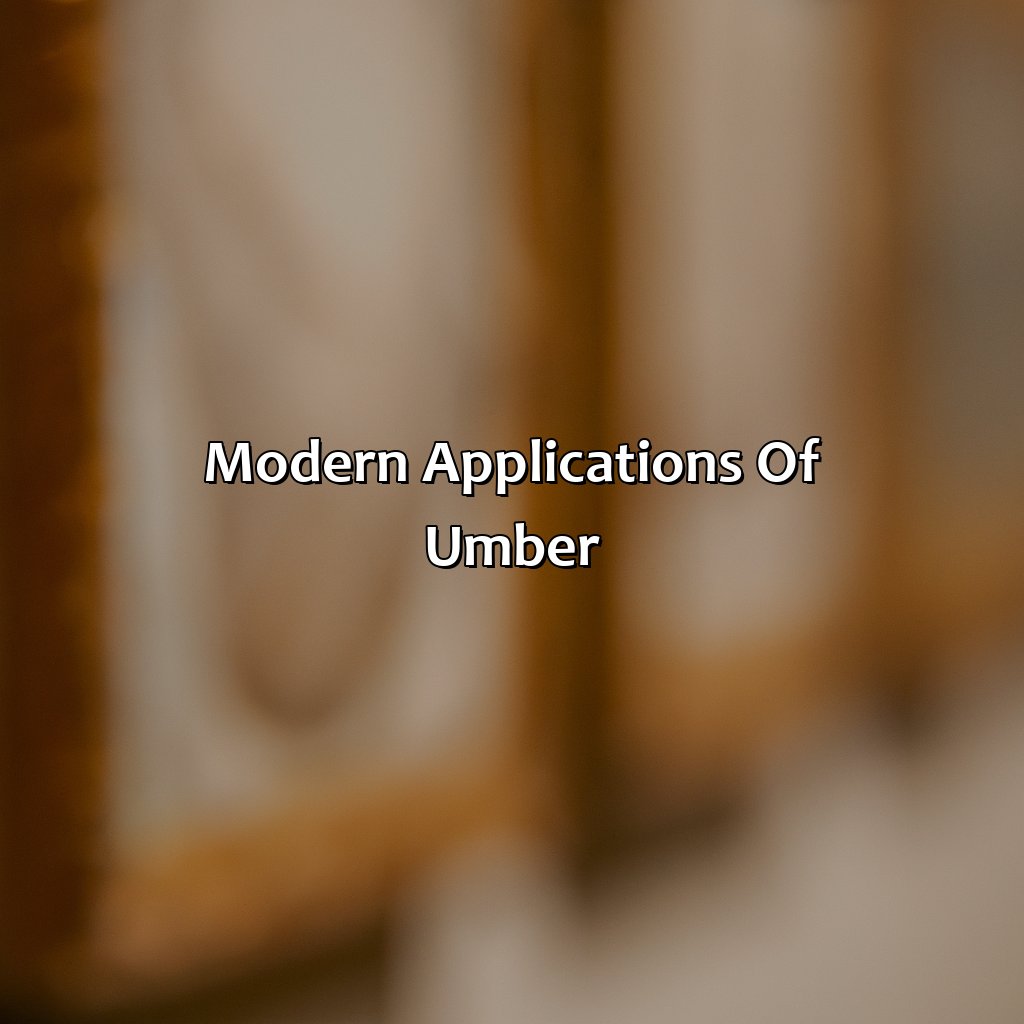
Photo Credits: colorscombo.com by Timothy Perez
This piece dives into the modern uses of umber. It looks at how it’s used in art, color psychology, branding, design, marketing, fashion, nature, and culture. We’ll explore its versatility in these industries. Then, we’ll look into its use in paints and pigments. This includes color theory. Lastly, we’ll examine how umber is used in fashion and textiles. We’ll see which shades and colors it works best with and against.
Use in Paints and Pigments
Umber, a natural pigment, has been utilized for various purposes over the centuries. One of its main uses is in paints and pigments, where it brings unique coloring characteristics to the palette.
In table form, uses of umber in paints and pigments could include:
| Color Type | Colors |
|---|---|
| Complementary colors | blues and greens |
| Warm colors | yellows and oranges |
| Cool colors | blues and purples |
| Neutral colors | browns and grays |
| Mixed shades | reds and yellows when mixing shades with other pigments or dyes |
Unique details about umber’s use in paint could include the fact that it is often mixed into natural dye solutions to modify hue, especially when working with neutral or muted shades. Additionally, umber can be used for detailing work emphasizing texture or bringing out surface patterns.
Historically, painters and artisans have turned to umber because of its ability to offer subtleties only available through the brown family colorization. Each shade offers something unique both in tactile and tonal structuring, giving creators a wealth of play when working within their medium.
All this goes on to show just how important understanding the different facets of umber’s coloring is – both as an artist seeking a more realistic portrayal or simply someone wishing to incorporate this rich pigment into their personal creations.
Not just for artists and interior designers, Umber is also making its mark in the fashion world, bringing warm neutrals, muted colors, and earth tones to the runway.
Use in Fashion and Textiles
Umber’s application in the fashion and textile industry is significant. It adds warmth and depth to clothing items and furnishings with its earthy tones, making it a popular choice among designers.
One way that Umber is used in fashion and textiles can be seen in the table below:
| Type of Clothing/Furnishings | Umber Shade |
|---|---|
| Sweaters | Rusty Colors, Walnut, Ginger, Amber |
| Pants | Taupe, Khaki, Olive |
| Dresses/Skirts | Sepia, Sienna, Ochre |
| Home Furnishings | Chocolate Brown, Coffee |
Umber’s warm neutral shades blend well with other muted colors, such as earth tones and cool neutrals. Designers also use this color for prints or patterns that evoke a natural feel.
In addition to its traditional use in art and interior design, Umber also finds a place in modern fashion trends such as forest greens, emeralds, teals and navies. These deep hues often find themselves paired with umbers to create stunning ensembles.
A true fact about Umber’s usage within textiles includes: High-end designers such as Ralph Lauren have incorporated Umber into their collections multiple times over the years.
Five Facts About Umber Color:
- ✅ Umber is a natural brown clay pigment that contains iron oxide and manganese oxide. (Source: Fine Arts Museums of San Francisco)
- ✅ The word “umber” comes from the Latin word “terra umbra,” which means “earth color.” (Source: Merriam-Webster)
- ✅ Umber was used as a pigment in prehistoric cave paintings. (Source: Britannica)
- ✅ Artists in the 17th and 18th centuries commonly used umber in their paintings, particularly for depicting shadows and skin tones. (Source: Tate)
- ✅ Umber can range from a deep brown to a yellowish-brown color, depending on the proportions of iron oxide and manganese oxide. (Source: Winsor & Newton)
FAQs about What Color Is Umber
What color is umber?
Answer: Umber is a natural brown color that’s typically darker and richer than other brown shades. It’s made by combining raw or burnt sienna with raw or burnt umber pigments, resulting in a color that ranges from reddish-brown to dark brown.
Is umber a warm or cool color?
Answer: Umber is considered a warm color because it has a yellow or reddish undertone that creates a feeling of warmth and coziness. This makes it a popular choice for interiors, clothing, and accessories that aim to create a warm and inviting atmosphere.
What are some common uses of umber?
Answer: Umber has many uses, both in art and in other applications. Artists use it as a pigment in oil, acrylic, and watercolor paints, as well as in pastels, colored pencils, and other media. It’s also used in interior design, as natural pigments for cosmetics, and as a natural wood finish.
Can umber be mixed with other colors?
Answer: Yes, umber can be mixed with a wide range of other colors to create different shades and hues. It’s often mixed with colors like red, blue, yellow, and white to create warmer or cooler shades of brown, as well as other earthy and natural hues.
How is umber made?
Answer: Umber is a natural pigment that’s traditionally made by grinding up raw or burnt sienna and raw or burnt umber pigments. These pigments are typically derived from natural sources such as clay, iron oxides, and other minerals, and are then combined and processed to create the rich, brown umber color.
What is the history of umber?
Answer: Umber has a long history, dating back to ancient times when it was used as a natural pigment for cave paintings and other prehistoric art. It was later used in medieval and Renaissance artwork, and became popular in the 18th and 19th centuries for its warm, earthy tones and natural properties. Today, it’s still used in art, design, and other applications for its unique color and versatility.
